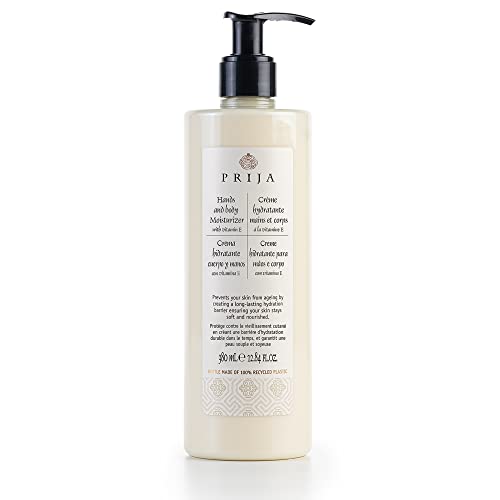Welcome to Topkapi Palace
Step into the heart of the Ottoman Empire at Topkapi Palace, Istanbul's most visited museum and one of the world's most spectacular palace complexes. For nearly four centuries, this magnificent palace served as the administrative center of the Ottoman Empire and the primary residence of Ottoman sultans.
Why Visit Topkapi Palace?
🏛️ Architectural Marvel
Experience stunning Ottoman architecture with four courtyards, pavilions, and gardens overlooking three seas. The palace perfectly blends functionality with breathtaking beauty.
💎 Priceless Treasures
View the world's largest collection of Chinese and Japanese porcelain, the famous Topkapi Dagger with its emeralds, and the 86-carat Spoonmaker's Diamond.
📚 Rich History
Walk through chambers where sultans made decisions that shaped three continents. Learn about Ottoman court life, politics, and culture through authentic artifacts and carefully preserved rooms.
Plan Your Perfect Visit
The palace complex is vast, covering 70 hectares with multiple sections to explore. A typical visit takes 3-4 hours, but you could easily spend a full day discovering all the treasures and gardens.
Must-See Highlights:
- Imperial Treasury: Four rooms filled with precious objects, jewelry, and ceremonial items
- Sacred Relics: Prophet Muhammad's cloak, sword, and other Islamic artifacts
- Harem: Private quarters of the sultan's family (separate ticket required)
- Imperial Kitchens: Now housing an incredible porcelain collection
- Baghdad Kiosk: Stunning 17th-century pavilion with panoramic views
- Palace Gardens: Peaceful courtyards with spectacular Bosphorus views
💡 Insider Tip
Visit early morning (9:00 AM) or late afternoon (4:00 PM) to avoid crowds. The palace is closed on Tuesdays, so plan accordingly. Consider getting the Museum Pass Istanbul for skip-the-line access and savings on multiple attractions.
Prepare for Your Journey
Istanbul can be overwhelming for first-time visitors, but proper preparation makes all the difference. The palace involves considerable walking on historic stone surfaces, so comfortable footwear is essential.



